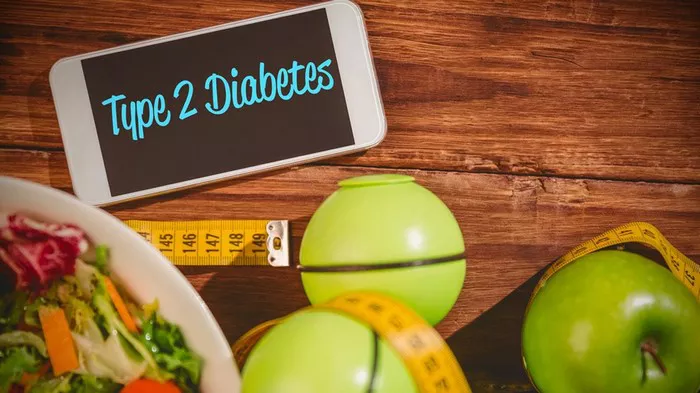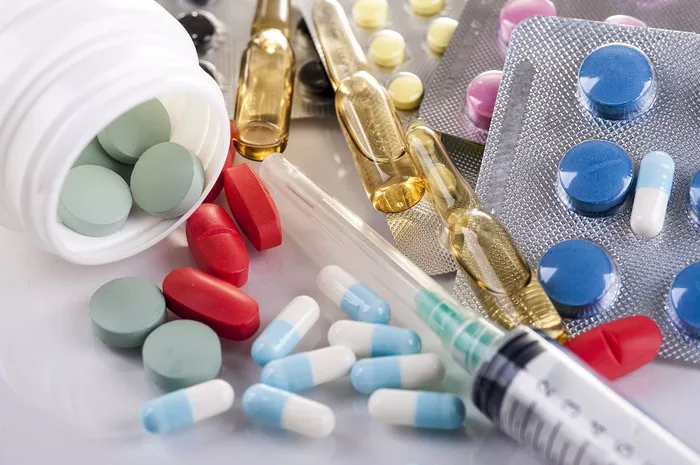Type 2 diabetes mellitus (T2DM) is a chronic condition characterized by insulin resistance and progressive beta-cell dysfunction, leading to hyperglycemia. The cornerstone of T2DM management includes lifestyle modifications and pharmacological interventions to achieve optimal glycemic control, thereby preventing complications. Metformin, a biguanide, is often the first-line medication due to its efficacy, safety profile, and beneficial effects on weight and cardiovascular outcomes. However, not all patients can tolerate metformin due to gastrointestinal side effects or contraindications such as renal impairment. This article explores 8 alternative medications for managing type 2 diabetes when metformin is not suitable.
Sulfonylureas
Sulfonylureas, such as glipizide, glyburide, and glimepiride, stimulate insulin secretion from pancreatic beta cells. They are effective in reducing HbA1c levels by 1-2%, similar to metformin. These agents are often considered in patients who are not overweight or when cost is a significant concern, as they are relatively inexpensive.
Mechanism of Action: Sulfonylureas bind to specific receptors on pancreatic beta cells, closing ATP-sensitive potassium channels. This depolarizes the cell membrane, opening calcium channels and leading to insulin release.
Advantages:
- Rapid onset of action.
- Significant reduction in HbA1c.
- Cost-effective.
Disadvantages:
- Risk of hypoglycemia, particularly in elderly patients or those with renal impairment.
- Potential for weight gain.
- Reduced efficacy over time due to beta-cell exhaustion.
Dipeptidyl Peptidase-4 (DPP-4) Inhibitors
DPP-4 inhibitors, such as sitagliptin, saxagliptin, and linagliptin, are oral agents that enhance the incretin pathway, increasing insulin secretion and decreasing glucagon release in a glucose-dependent manner. These drugs provide moderate HbA1c reductions (0.5-1%) and are weight-neutral.
Mechanism of Action: DPP-4 inhibitors prevent the breakdown of incretin hormones (GLP-1 and GIP), which are released postprandially and enhance glucose-dependent insulin secretion while suppressing glucagon production.
Advantages:
- Low risk of hypoglycemia.
- Weight neutrality.
- Oral administration and once-daily dosing.
Disadvantages:
- Moderate efficacy in HbA1c reduction.
- Higher cost compared to metformin and sulfonylureas.
- Potential for rare adverse effects like pancreatitis.
Glucagon-Like Peptide-1 (GLP-1) Receptor Agonists
GLP-1 receptor agonists, such as exenatide, liraglutide, and semaglutide, are injectable agents that mimic the action of endogenous GLP-1. These drugs improve glycemic control by enhancing insulin secretion, suppressing glucagon release, slowing gastric emptying, and promoting satiety.
Mechanism of Action: GLP-1 receptor agonists bind to GLP-1 receptors, stimulating insulin release and inhibiting glucagon secretion in a glucose-dependent manner. They also delay gastric emptying and promote satiety, leading to weight loss.
Advantages:
- Significant HbA1c reduction (1-1.5%).
- Weight loss benefits.
- Cardiovascular benefits, particularly with liraglutide and semaglutide.
Disadvantages:
- Injectable administration.
- Gastrointestinal side effects (nausea, vomiting).
- Higher cost.
- Risk of pancreatitis and thyroid C-cell tumors (in rodent studies).
Sodium-Glucose Cotransporter-2 (SGLT-2) Inhibitors
SGLT-2 inhibitors, such as canagliflozin, dapagliflozin, and empagliflozin, promote glycemic control by increasing urinary glucose excretion. They offer benefits beyond glycemic control, including weight loss and cardiovascular and renal protection.
Mechanism of Action: SGLT-2 inhibitors block the reabsorption of glucose in the proximal renal tubules, leading to glucosuria and a reduction in blood glucose levels.
Advantages:
- Moderate HbA1c reduction (0.5-1%).
- Weight loss benefits.
- Blood pressure reduction.
- Cardiovascular and renal protection.
Disadvantages:
- Risk of genitourinary infections.
- Volume depletion and hypotension.
- Possible risk of diabetic ketoacidosis, particularly in patients with low insulin levels.
Thiazolidinediones (TZDs)
TZDs, including pioglitazone and rosiglitazone, enhance insulin sensitivity by activating peroxisome proliferator-activated receptor gamma (PPAR-γ) in adipose tissue, muscle, and the liver. These agents are effective in reducing HbA1c by 1-1.5% but are associated with weight gain and other adverse effects.
Mechanism of Action: TZDs improve insulin sensitivity by enhancing the transcription of insulin-responsive genes, thereby increasing glucose uptake in peripheral tissues and reducing hepatic glucose output.
Advantages:
- Significant HbA1c reduction.
- Improvement in insulin sensitivity.
- Long duration of action.
Disadvantages:
- Weight gain and fluid retention.
- Risk of heart failure.
- Bone fractures.
- Increased risk of bladder cancer with pioglitazone.
Alpha-Glucosidase Inhibitors
Alpha-glucosidase inhibitors, such as acarbose and miglitol, delay carbohydrate absorption in the intestines, reducing postprandial hyperglycemia. They provide modest HbA1c reductions (0.5-0.8%).
Mechanism of Action: These agents inhibit alpha-glucosidase enzymes in the brush border of the small intestine, slowing the breakdown of complex carbohydrates into glucose.
Advantages:
- Low risk of hypoglycemia.
- Beneficial for controlling postprandial blood glucose spikes.
Disadvantages:
- Gastrointestinal side effects (flatulence, diarrhea).
- Modest efficacy in HbA1c reduction.
- Frequent dosing required (with each meal).
Meglitinides
Meglitinides, such as repaglinide and nateglinide, are short-acting insulin secretagogues that stimulate insulin release in a glucose-dependent manner. They are particularly useful for managing postprandial glucose excursions.
Mechanism of Action: Meglitinides bind to a different site on the sulfonylurea receptor, leading to rapid but short-lived insulin release.
Advantages:
- Rapid onset and short duration of action.
- Flexibility in dosing with meals.
- Reduced risk of prolonged hypoglycemia compared to sulfonylureas.
Disadvantages:
- Multiple daily doses required.
- Risk of hypoglycemia.
- Weight gain.
- Modest HbA1c reduction.
Insulin Therapy
Insulin therapy is often reserved for patients with advanced T2DM or those who fail to achieve glycemic control with oral agents. Various insulin regimens can be tailored to individual needs, ranging from basal insulin to complex basal-bolus regimens.
Mechanism of Action: Exogenous insulin replaces or supplements endogenous insulin, facilitating glucose uptake by cells and suppressing hepatic glucose production.
Advantages:
- Highly effective in reducing HbA1c.
- Flexibility in dosing and regimen adjustments.
- No ceiling effect; dose can be titrated to achieve target glucose levels.
Disadvantages:
- Risk of hypoglycemia.
- Weight gain.
- Injectable administration.
- Requirement for blood glucose monitoring.
See also:What Truly Causes Type 2 Diabetes?
Conclusion
When metformin is not suitable due to intolerance or contraindications, several alternative pharmacological options are available for managing type 2 diabetes. The choice of therapy should be individualized based on patient characteristics, comorbidities, preferences, and treatment goals. Sulfonylureas, DPP-4 inhibitors, GLP-1 receptor agonists, SGLT-2 inhibitors, TZDs, alpha-glucosidase inhibitors, meglitinides, and insulin each offer unique benefits and drawbacks. A patient-centered approach, considering the risk of hypoglycemia, weight effects, cost, and potential side effects, is essential for optimizing diabetes management. Regular monitoring and adjustment of therapy are crucial to achieving and maintaining glycemic targets and preventing complications associated with type 2 diabetes.
Related topics:
the Underlying Causes of Type 2 Diabetes at the Cellular Level
What Can You Do To Reverse Type 2 Diabetes?
Exploring the Various Treatments for Different Diabetic Conditions























